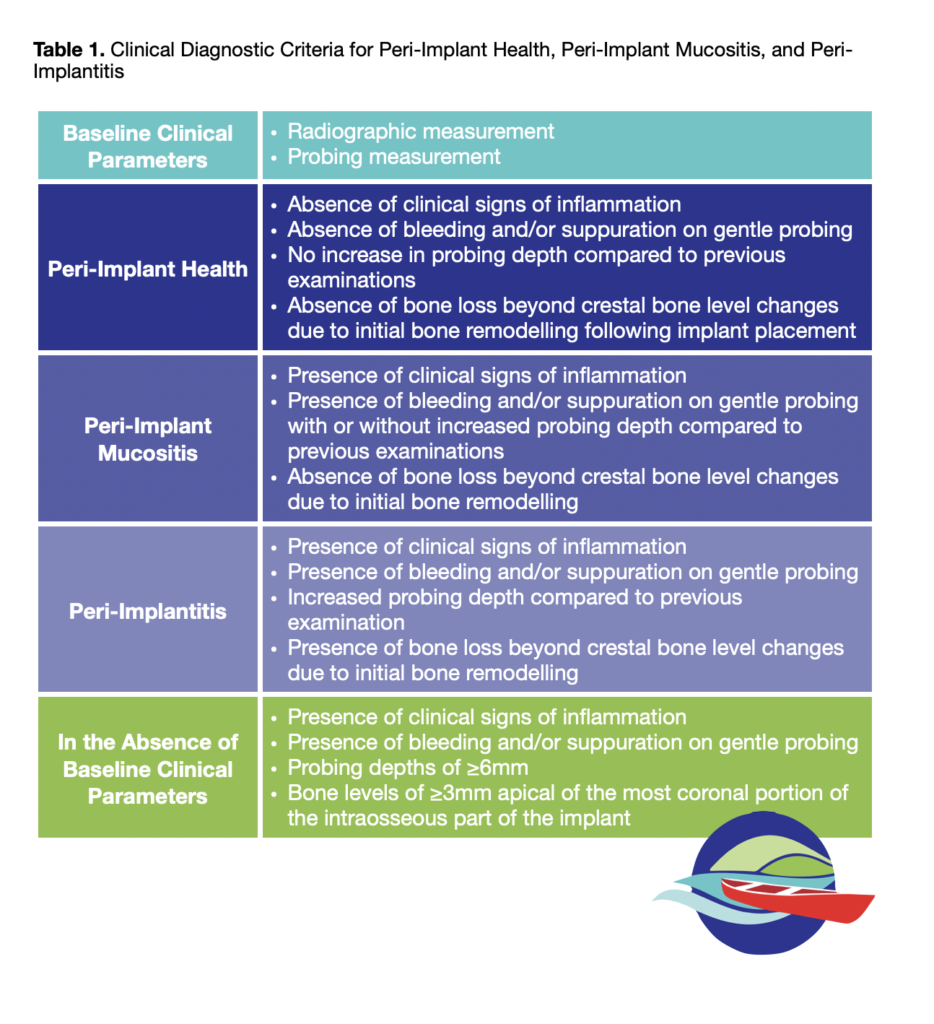In 2017, the world of periodontology was redefined with significant updates to the classification system for periodontal and peri-implant disease. The work of more than 170 leading clinicians, scientists, and educators from around the globe culminated in the publication of 17 articles and four consensus statements summarizing a contemporary, evidence-based and clinically relevant system. This system is modelled after others used in medicine and stratifies the severity, rate of progression, and the extent of periodontal disease and helps to clarify clinical approaches for treatment. Since its unveiling in 2017, this comprehensive classification system has become the new standard of clinical practice around the world. It encourages clinicians to view the patient through a systemic lens, connecting and reinforcing the link between oral health and overall health. An executive summary of the updates to the new global classification system for periodontal disease have been shared in an earlier version of this publication.
The previous periodontal classification system was published in 1999, at a time when dental implants had only been in North America for approximately 20 years. Since then, dental implants have become an increasingly popular treatment option for the replacement of missing teeth. It soon became apparent that much like natural teeth, the supporting structures of dental implants can experience disease and therefore require specialized considerations for diagnosis of a healthy versus diseased state. It is obvious today that there can be no implantology without periodontology and the periodontal classification system from 1999 did not capture this relationship. The new system elegantly defines peri-implant diseases and conditions in great detail. The aim of this executive summary is to highlight the principal concepts and key updates in regard to peri-implant health and disease culminating from the 2017 World Workshop on the Classification of Periodontal and Peri-Implant Diseases and Conditions.
Written by: Amanda B. Longo, BSc, MSc, PhD; Peter C. Fritz, BSc, DDS, FRCD(C), PhD (Perio), MBA

